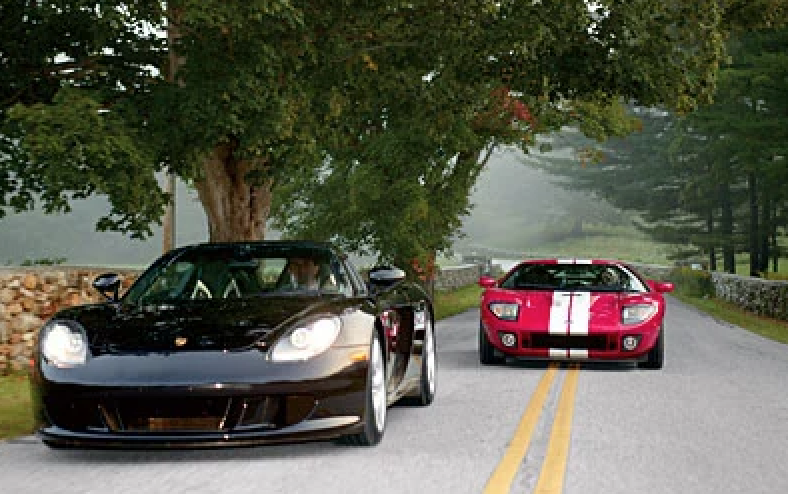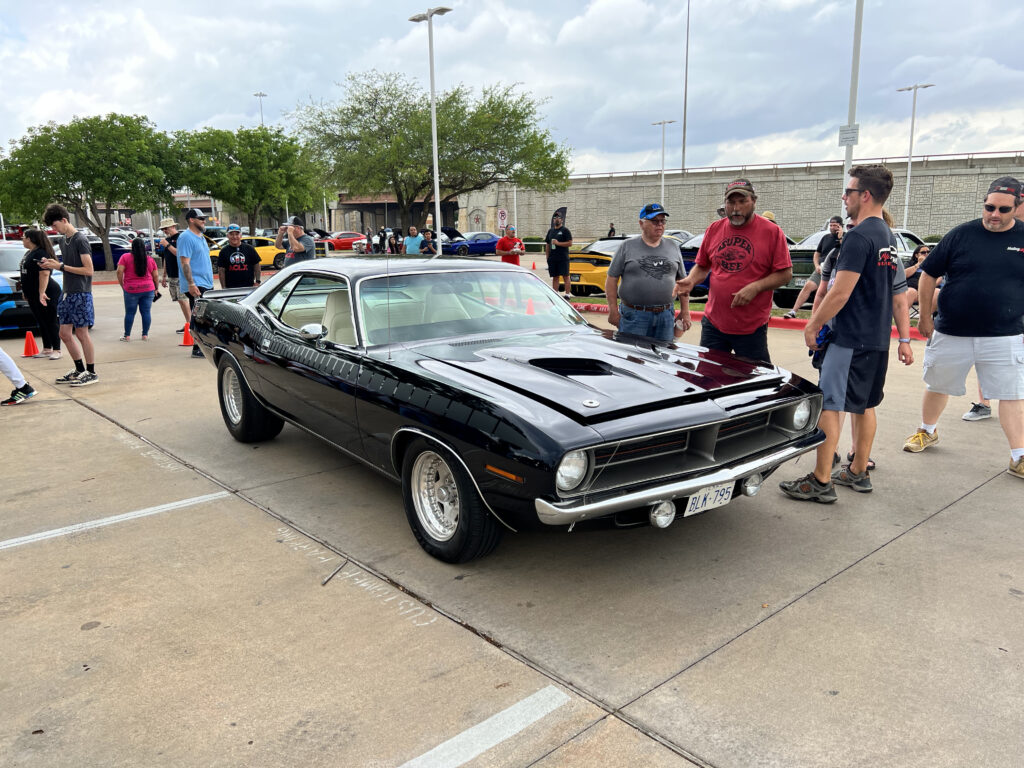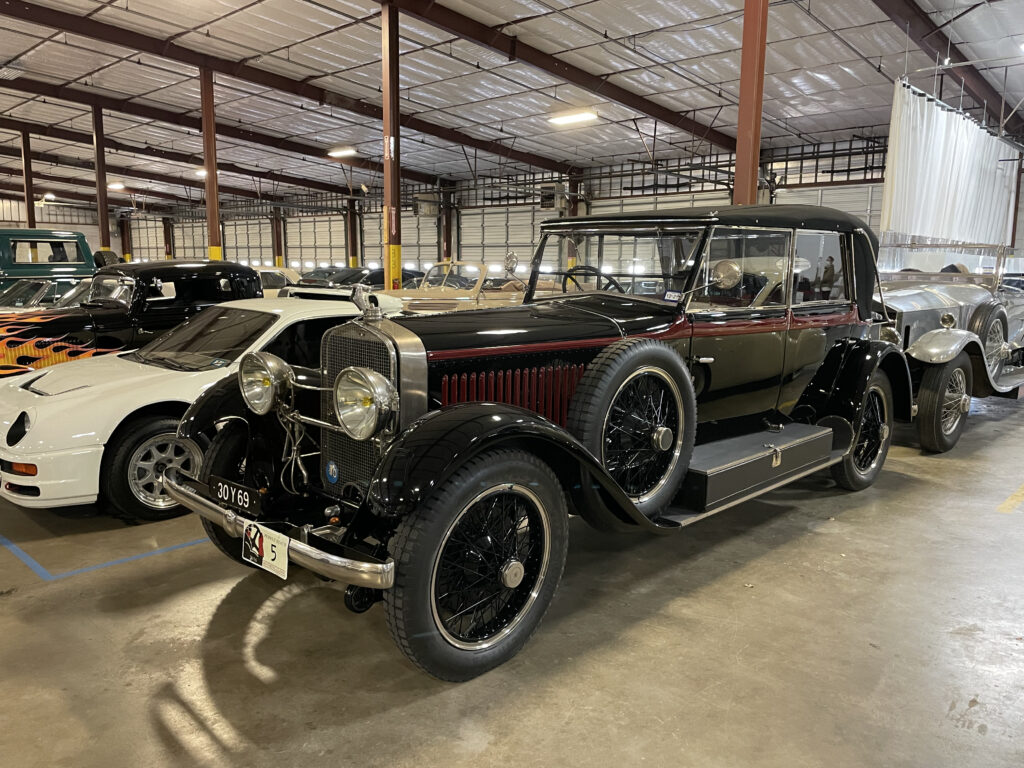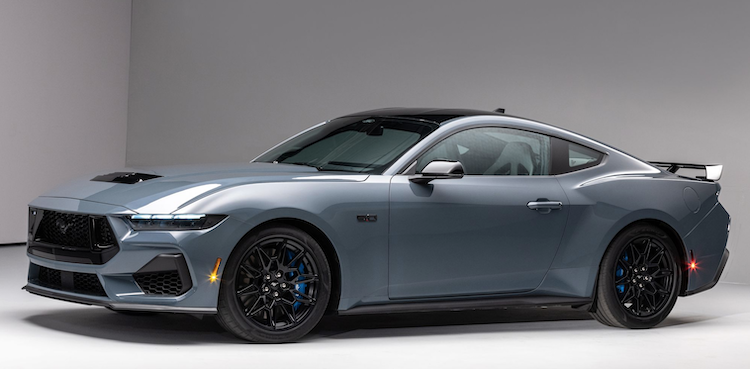In 2013, Fast and Furious actor Paul Walker was in the passenger seat of the Porsche Carrera GT [above] when it smashed into a concrete telephone pole, Paul’s fiery death resulting. Walker’s estate sued Porsche. They claimed the GT’s seat belt design was defective, breaking Walker’s ribs and pelvis, preventing him from escaping the burning vehicle. The plaintiff also claimed the GT shouldn’t have caught fire in the first place; badly engineered rubber fuel lines ruptured, pouring fuel into the damaged vehicle. Yes well . . .
When they ran afoul of Newton’s First Law of Motion they were driving almost twice the posted speed limit (45 mph). The Carrera GT’s owner, Roger Rodas, had increased the two-seater V10’s horsepower by an unspecified amount (rumor says from 602hp to 1000hp). More importantly, the GT’s owner’s manual advised the car’s caretakers to change the tires every four years, regardless of miles driven. Walker’s death car was riding on the original, nine-year-old rubber.

Even before the crash, even without the engine mod and compromised tires, the Porsche Carrera GT had a reputation as an “unforgiving” automobile. Having driven the GT for The Robb Report, yup. All those fancy electronics that prevent Porsche’s modern day ass-engined Nazi slot cars from spinning its occupants into an early grave were obvious by their absence. The only way to drive the Carrera GT safely? Learn how to drive it safely. And the only way to do that: drive it. A lot. No such luck for Mr. Walker.
Rodas’ red Porsche Carrera GT was first purchased in 2005. By the time Walker’s pal added it to his collection, the eight-year-old carbon fiber mean machine had less than 6000 miles on the clock. Rodas was the Über Porker’s sixth owner. So, on average, each owner put 1000 miles on the car. That’s not a lot of seat time. Just so you know, Mr. Walker had exactly no previous seat time in the car before he lost control of the GT and met his maker.

Let Mr. Walker’s death be a lesson to us all: older cars are way more dangerous than their modern day, traction-controlled, ABS-equipped, better-built equivalents.
Need I need mention any infamous names? How about “the doctor killer”? Thanks to its count-to-three-and-hold-on-for-dear-life turbo lag, the Porsche 930 Turbo was more tail happy than a golden retriever – and bit its occupants more quickly and viscously than a drug dealer’s Rottweiler. The non-turbo Porsches of a similar vintage had the same off-road proclivity, only at slower speeds and less notoriously. Pushed hard, older Corvettes and mid-engined Ferraris swap ends faster than a cocaine-crazed threesome.

All of those are sports cars. A muscle car or vintage sedan is to handling, suspension and braking what the Apollo lunar lander’s computer is to an iPhone. Sure, OK, you know that. You’ll be careful with your pre-loved dream car. Careful schmareful. What you need to do: drive the damn thing. Yes carefully at first. On the track if needs be. Then slowly, gradually, respectfully, approach its limits. Your limits too. How much room do I need to brake safely at what speed? When and what happens when the car loses grip? Etc.
Oh noes! Depreciation! Yup. Now balance that against the ultimate form of depreciation: death. Besides, how do you know when some part of your four-wheeled pride and joy is broken or worn out? A regular and thorough inspection is great – if you’re an expert and have a lift and diagnostic tools. Otherwise and in addition, there’s only one way to know there’s a problem or potential problem with your older car: take it on the road. Not a bit of a joyride some fine Sunday. Regularly. Maybe even a lot.

There are high-end collectors who never drive their car. Not even once. And what does the average piston head ask them? “Do you drive it?” To which they invariably reply yes. Yes I do. It’s what the starry-eyed rabble expect. But well-heeled Pebble Beach competitors know better. They know that driving their fantastically expensive whip lowers its value, invites damage and risks their life. I don’t approve. I like danger. I think all cars should be driven regularly, especially the rare ones. But point taken. To the point where I don’t passenger in garage queens owned by people who worship at the altar of low mileage. I guess that makes me slow and curious. And alive.


